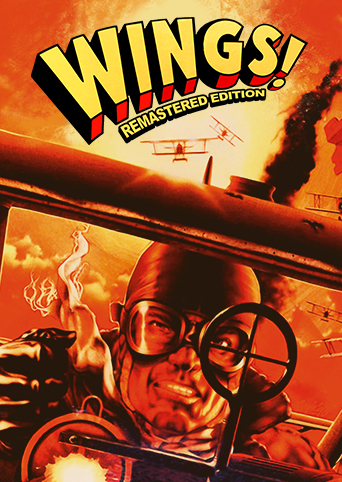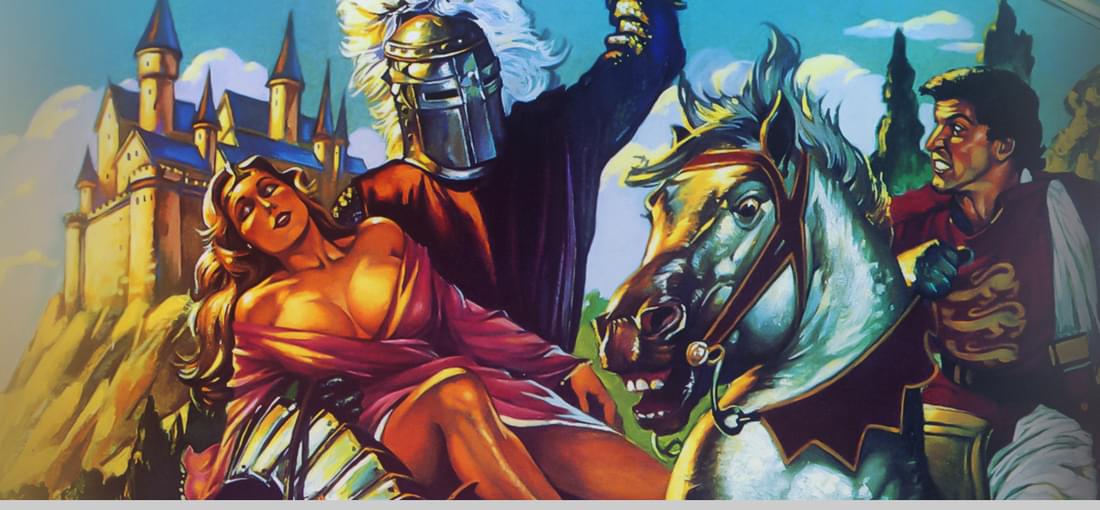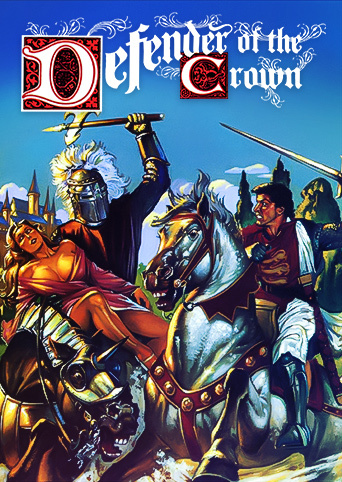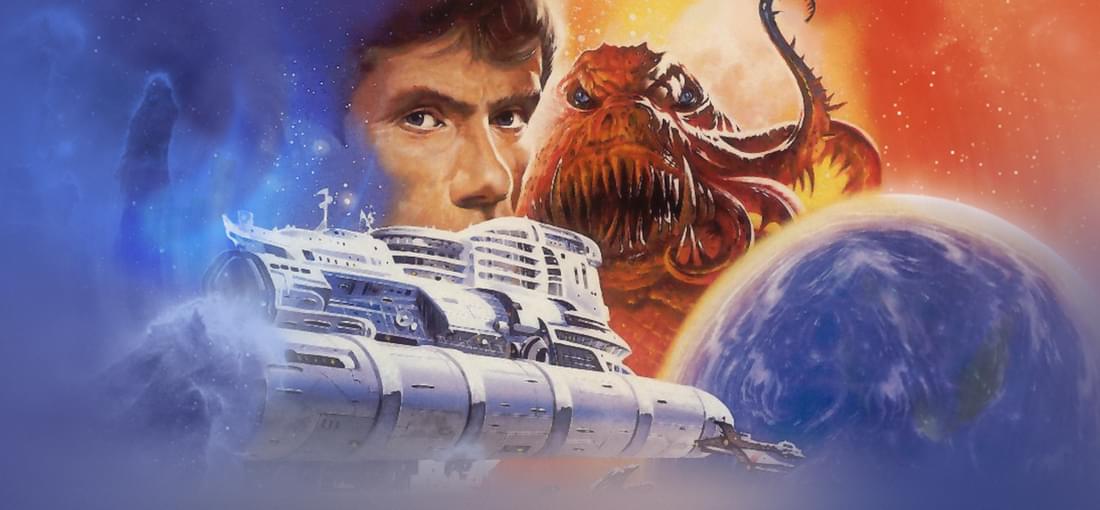


Seen as a remake of the Amiga classic, Wings! Remastered Edition is a great triumph. It faithfully recreates the original game with better sound and graphics than were possible on the Amiga. If you're a fan of the original game, you will like this. Seen as a standalone game, it is a quite simple, almost casual game by modern standards. This is only natural, as games tended to be more simplistic in those days. It's still a very fun game though. However, the game is marred by a few faults. Firstly, there is the save system. If your pilot dies during the game, you get the option to continue from your last save, at least on easy difficulty. However, there is no save function as such, only auto-save, which, as near as I have been able to figure out, only saves when you quit the game entirely. In other words, to save your progress mid-game, you have to quit to desktop, then start the game again to continue playing. Awkward. Then there is the fact that the game appears to have two scripts: one for the on-screen text and one for the voice-overs. The voice-over script is very good. The on-screen text script however, appears to have been written by an American who occasionally forgot that the game is about a British air squadron, not an American one. If you read the on-screen text while listening to the voice actor, the experience is quite jarring. The voice actor speaks British English, while the on-screen text is written in American English, and when the voice actor says "we", meaning the British, the on-screen text frequently says "the British" instead. You'd think that before releasing a game like this, with both on-screen text and voice-overs, someone would check that the on-screen text actually matched the voice-overs. To not have done so seems quite unprofessional, and also leads one to wonder how the discrepancies arose in the first place. These things aside, the game is still very enjoyable, and I certainly do not regret buying it.


I was excited at the news that Cinemaware games would come to GOG. I'm less excited now. If this release sets the bar for quality, I won't be buying any of their future releases here. The game itself is as it always was. Either you know it already, or you should probably leave it alone. Frankly, the game mechanics are dated and would not be acceptable in any modern game, not even on Facebook. But for those of us who remembers how great the game was back in the day, it's a nice nostalgia trip to relive. The game really did set new standards for graphics and gameplay, but it did so in 1986. I doubt many modern gamers who did not play it at the time will appreciate it today. Unfortunately, this release is awful. While it includes the superior Amiga version, the Amiga emulation is slow and choppy. Every time the screen changes, the music hiccups. There are no settings to be changed, and the in-game mouse sensitivity is uncomfortably high. The Amiga soundtrack is included in MP3 format as an extra. Sadly, it was apparently converted to MP3 by a deaf monkey with no sense of rythm. It plays MUCH too slowly, and so is useless. The DOS version of the game is also included, and runs in DOSBox. It starts by default in windowed mode, but you can switch to fullscreen using alt+enter. You can choose between the EGA and CGA versions of the game. The emulated PC speaker music is horrible, but I'm guessing it is as it should be. All in all, this release seems like a cash grab, rather than a labour of love. GOG did not do much quality control on this one. Should you acquire this release in spite of all this, be sure to read the manual. It is the original one from 1986, and it is an interesting read. Interspersed with information about playing the game are sections of historical facts, an essay about Robin Hood as a movie character, design notes, and even a list of literature references.

What do you get if you combine a thrilling adventure game, a space exploration game and a top-down tactical space shooter, then add a healthy dose of resource gathering, technology upgrades and a whopping boatload of humor? Well, most of the time, you'll probably get an unplayable mess. Once, however, a brilliant and creative team of developers did just that, and ended up with Star Control II. It sounds messy, but somehow, all the various elements manage to combine into a whole that is greater than the sum of its parts. It just works, all of it. Star Control II is an incredibly versatile game. It will spur your imagination, as you explore a corner of a vibrant, inhabited galaxy. It will make you curse in frustration as you battle enemy spaceships. It will make you howl with laughter as an odd alien makes comments you could never have expected or imagined. It will puzzle your brain as you try to work out where a clue, inaccurately translated from an alien language, will lead you. Star Control II has it all. The game is, at its most basic level, a grand adventure game, in which you must find out past and current events, and uncover a way to eliminate a great threat to the galaxy. Along the way, you will find both allies and enemies, and it will not always be clear which is which. Some events occur without your direct involvement, and things are moving towards a climax whether you want them to or not. In other words, you only have a limited time period to find a solution before the galaxy is lost. There is a lot of information to keep track of, some essential, some merely helpful or interesting. Most of the essential things are taken care of by the game, but you may still find it helpful to take notes as you play. Especially things such as coordinates of specific star systems. To give you an idea of the scale of the corner of the galaxy the game covers, it contains 505 separate star systems, each with their own planetary system. Many planets have one or more moons. And they can all be visited and explored. The game comprises a large number of different gameplay types. You control a large, advanced, alien spacecraft, which can be upgraded with various modules over the course of the game. You can also acquire various smaller secondary spaceships, which are only used in combat. Travel between star systems takes place in hyperspace, a strange dimension where energy fluctuates wildly, and where star systems appear as "holes" you can dive into. The screen shows your ship and the immediate surroundings (which generally look the same everywhere in hyperspace), while a minimap gives you a somewhat wider view, allowing you to see any ships or systems in the near vicinity. You can either control your ship directly, or you can plot a course on the starmap to a specific system, and the ship will go there in a straight line, minimizing the amount of time and fuel spent. Inside star systems, you control your ship directly from a top-down perspective. You can go into orbit about any planet or moon simply by flying into it. Once in orbit, you can scan a planet or moon for traces of minerals, energy signatures and signs of life. Your mothership cannot land, but you can buy planet landers which, as the name suggests, can. Using these, you can explore planets and harvest minerals, kill alien life forms or investigate artifacts. Planet exploration takes place on a top-down wraparound view of the lander's immediate surroundings, with a minimap of the the entire planet so you can see where you are and where you need to go. Some planets have severe weather conditions, earthquakes or "hot spots", which are crawling streams of fire. Any of these can damage or destroy your landers, so you need to be careful where you land. When scanning a planet, it's a good idea to pay attention to the planetary data you are presented with. Minerals are picked up simply by going over them in your lander, creatures need to be shot, and leave behind a kind of "DNA pod" which can be picked up in the same manner. Your landers have limited cargo capacity, so sometimes several trips to the surface are needed in order to clear out a planet. Landing costs fuel depending on the surface gravity of the planet, so keep an eye on both planetary data and your fuel reserves. Minerals come in several varieties with different resource values. On the planet exploration screen, they appear as circles of various sizes, according to the size of the deposit. They are color-coded according to type, so it is easy to see approximately how valuable a given mineral deposit is. Since your landers and mothership have a limited cargo capacity, and some planets have very high surface gravity, not all deposits are worth picking up. Biological information (the "DNA pods" dropped by slain creatures) can be sold (somewhere) for information and new technologies. Since both the information and technologies are very helpful, and life forms are farely rare, it is always a good idea to harvest as much bio-information as possible. There are many kinds of creatures in the game. They vary according to value (how many units of bio-information they drop when killed), speed of movement, resilience (how many shots they take to kill) and the amount of damage they do to your landers if they hit them. Experience will tell you which sorts of creatures are good news and which sorts need careful handling. Combat is one possible outcome when you encounter alien ships. You can meet them in hyperspace, inside star systems and in orbit around planets. Alien ships typically appear in groups of one to five, although the homeworld of any race will contain an infinite number of ships. Combat takes place around the nearest heavenly body (which has a gravity well, so don't get too close) and uses (as all ship control in the game) a top-down perspective. The "playing field" wraps around, so if a ship flies far enough away from the center, it will start approaching it again from the opposite direction. When combat ensues, you first choose which ship to use. You can use your mothership or any of the secondary ships you have acquired along the way. The various ship types have different weapons, primary and secondary, speed and number of crew. Some ships have specific strengths or weaknesses in relation to others, so choose wisely, according to what kind of ships you are fighting. You control your chosen ship directly, and you only fight one enemy at a time. If you manage to destroy the entire group, you will salvage some resource units from the wreckage. If your ship is destroyed, you can choose another, until you run out of ships. Your mothership can be a formidable fighter with the right weapon upgrades, but beware: if it is destroyed, you have lost the game. Finally, the conversations. During the course of the game, you will meet many interesting aliens. Each race has a unique psychological profile, and an interesting backstory. Talk to them. As much as possible. This is the part of the game that raises it from "a good, solid game" to "a brilliantly fantastic game". All of the aliens have information you can use, and most of them have lines that will make you smile, chuckle, or even howl with laughter. Star Control II is simply a fantastic game. It may not be for you (no game can cater to the tastes of absolutely everybody), but it has so many elements that anybody ought to like some parts of it. I will at any rate encourage everyone not familiar with it to try it out. It shows a creativity and commitment rarely seen in games anymore. It is clear that the people who made it did so out of love for the game, rather than for the business plans of a publisher. If you have never played it, try it. You may find the greatest game you've ever played.